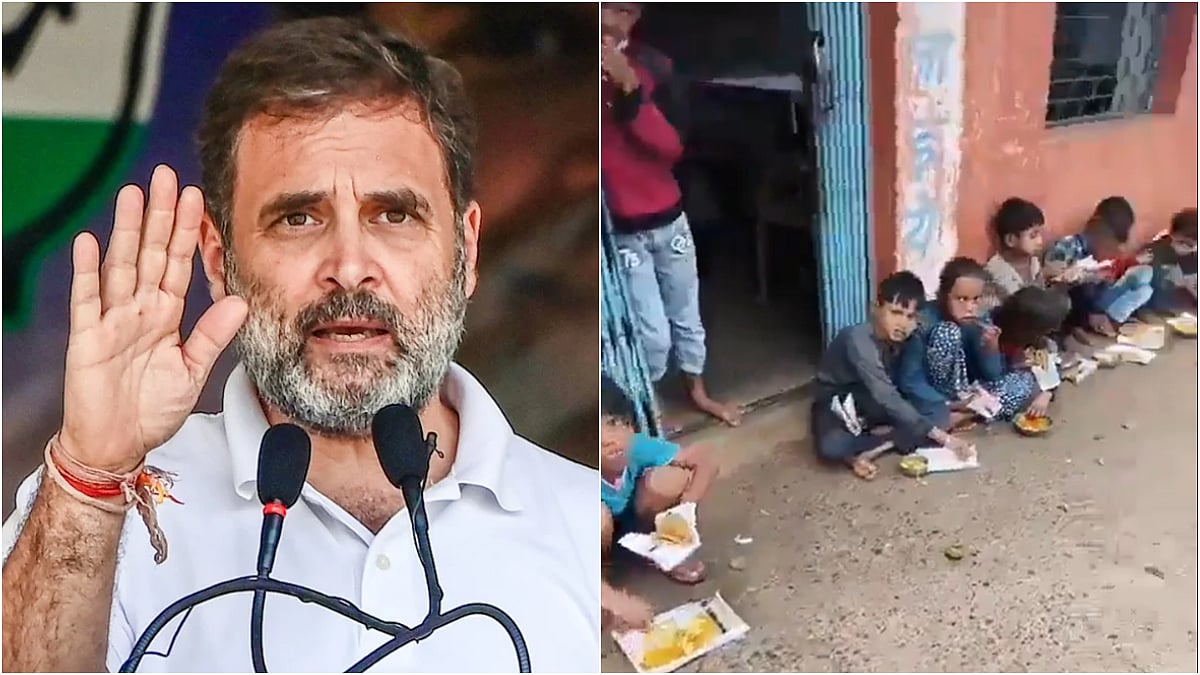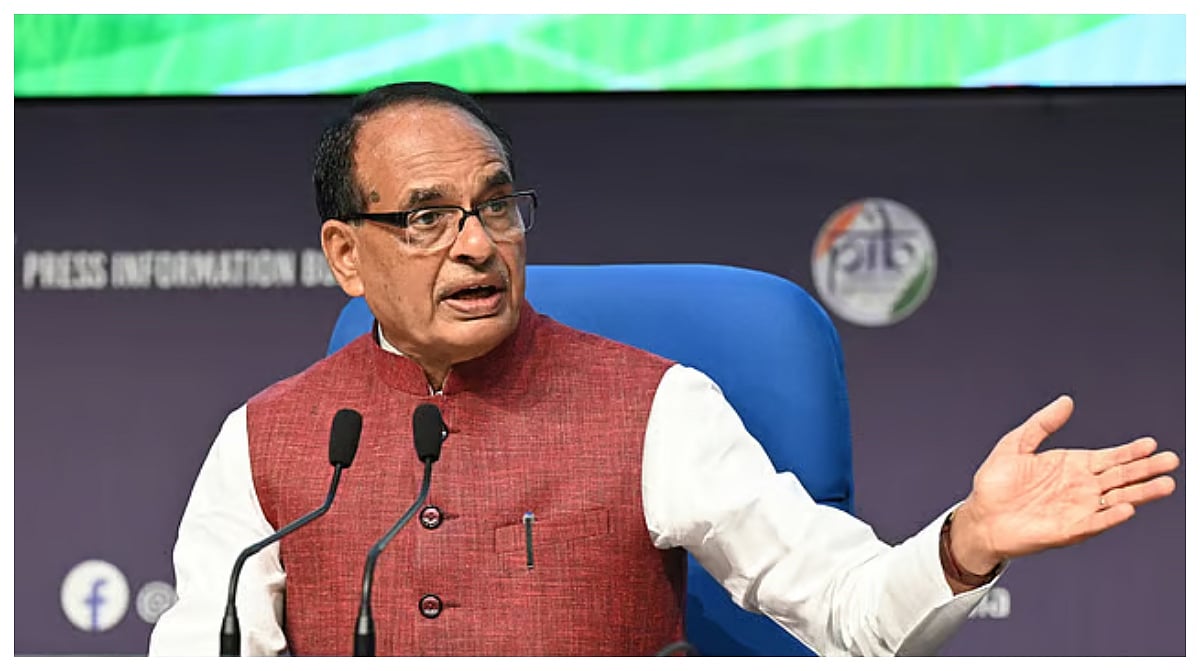The massive spike in 2021-22 borrowing target at Rs 23 lakh crore, has led to a 31 basis points rally in benchmark bond yields to well over 6 per cent since the announcement of Budget, and RBI needs to contain the same by reining in the short-sellers, says a report.
The Reserve Bank's assiduous support to the Centre's debt management has ensured that in the first half of 2020-21 the borrowing cost for the Centre was the lowest in past 16 years as bond yields were below 5.75 per cent, the report by SBI Research said on Monday.
It primarily blames short-sellers, who are worried over the large borrowing plans, for the sudden spike in the yields and urges the central bank to rein them in.
The report expects the Centre's gross borrowing in this fiscal year to touch Rs 13.9 lakh crore, higher than the revised estimate of Rs 12.8 lakh crore, and net borrowing at Rs 11.6 lakh crore, up from the revised estimate of Rs 10.5 lakh crore.
The combined gross borrowings of the Centre and states are seen at Rs 22.1 lakh crore this year, higher than the revised estimate of Rs 21.5 lakh crore, and net at Rs 18.4 lakh crore, up from Rs 17.8 lakh crore, according to the report.
The report also sees gross borrowings of the Centre inching down to Rs 12.1 lakh crore next fiscal year, and net at Rs 9.2 lakh crore but the combined gross debt borrowing jumping to Rs 23 lakh crore and net inching down to Rs 18.1 lakh crore.
The current fiscal is an interesting year with the two halves having diametrically opposite narratives. During April-September(H1), bond yields were mostly below 6 per cent (the lowest borrowing cost in the past 16 years) on the back of effective yield management by RBI.
However, all this changed after the Budget when the government upped its borrowing programme for the current fiscal and announced an aggressive one for 2021-22 and with just over a month left in 2020-21, the market is still expecting a consolidated borrowing amount of more than Rs 2.5 lakh crore, notes the report.
The average increase in g-sec yields across 3,5 & 10 years is around 31 basis points since the Budget while the AAA-rated corporate bond and SDL spreads have jumped by 25-41 basis points (bps) during this period, says the report, adding this is the sheer manifestation of the market nervousness.
Given this, the report believes the central bank will have to resort to unconventional tools to control the surge in bond market yields. This is important as any further upward movement in the yields even by 10 bps from the current levels can usher in market-to market(MT M) losses for banks.
The report believes one of the reasons for the recent surge in yields is short-selling by market players who are bearish now as the bond prices fall and the yields rise.
The only way to break such a situation from getting out of hand is for RBI to conduct large scale OMOs to provide necessary steam to the market which will help it rally and with higher prices, leading those short-sellers to scramble to cover open positions to contain losses from short-selling, triggering a rapid fall in yields, says the report.
RBI can also think of speaking to market players /off market interventions to fulfill its desired objective of avoiding devolvement at auctions.
Conducting open market operations (OMOs) in illiquid securities will help shorters (hedgers) to get relieved of those holding in OMO and unwinding of short position. Announcing a weekly outright OMO calendar of Rs 10,000 crore till March end will be helpful.
The central bank could lower the holding period for covering short sale drastically from 90 days to 30 days and also make margin requirement for shorting 150 per cent of the value of the shorted bonds. It could also penalise the short-sellers by ensuring a negative interest rate in place to make their deal much costlier.
But the ground reality is that the markets have moved a step ahead of the RBI after the budget and it is now time for it to align market expectations with its stated objective.
And the report concludes by saying after all 'monetary policy is the art of managing expectations and little else'.









